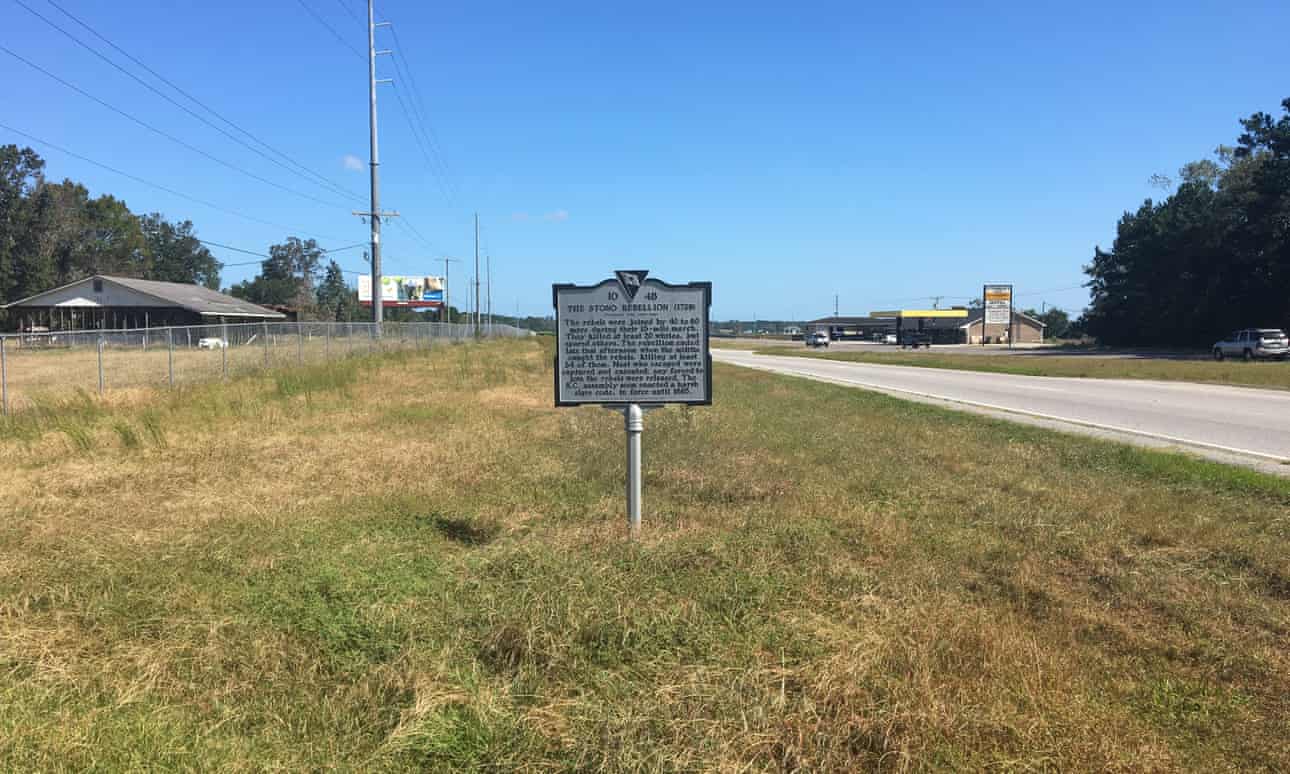On this day in 1739, the largest slave uprising in the British mainland colonies began in South Carolina when 22 enslaved Africans looted a store at the Stono River Bridge, killing two storekeepers and seizing weapons and ammunition. In total, 25 colonists and 35 to 50 Africans were killed.
After seizing weapons and ammunition, the self-liberators marched south, to Spanish Florida, a well-known refuge for the enslaved.
As the group made their way south, they recruited others into their cause, burning plantations and killing white people as they went, approximately two dozen in total.
The rebellion was defeated when the group was confronted by a well-armed colonial militia. Around 50 slaves and 25 militiamen were killed in the fighting.
The Stono Rebellion was directly responsible for the "Negro Act of 1740", which required a ratio of one white person to ten black on any plantation, also prohibiting slaves from growing their own food, assembling in groups, earning money, and learning to read.
